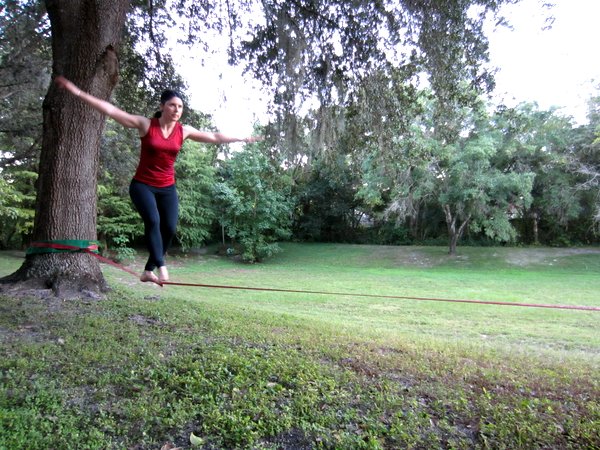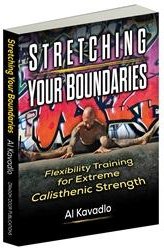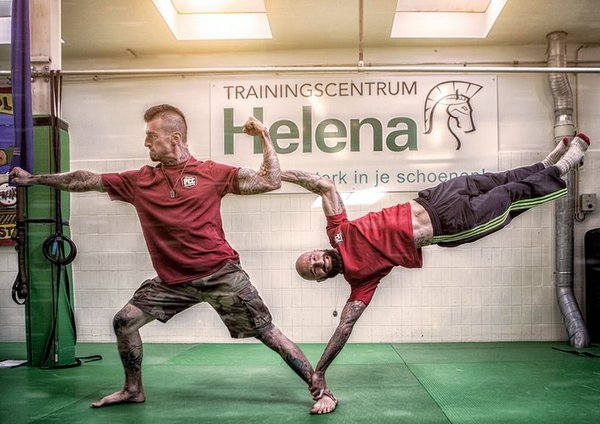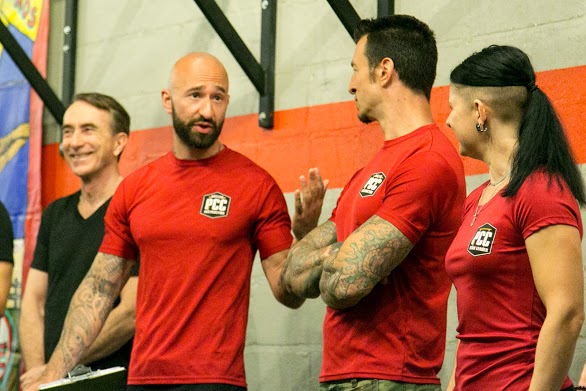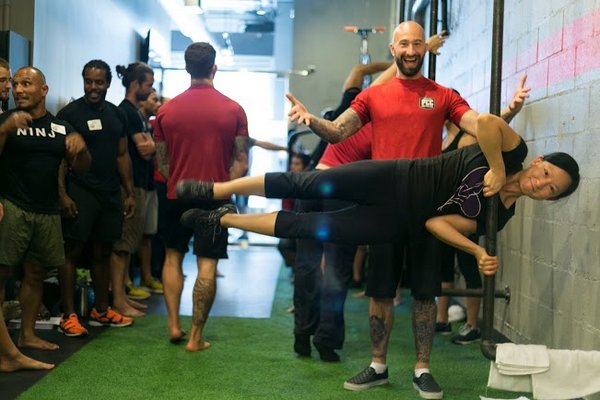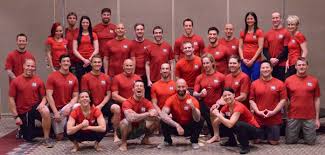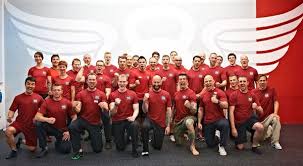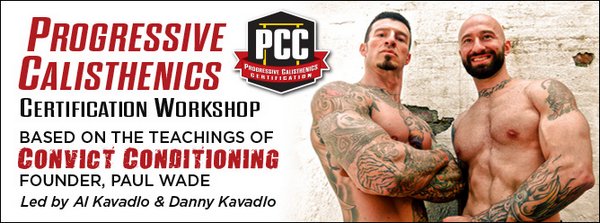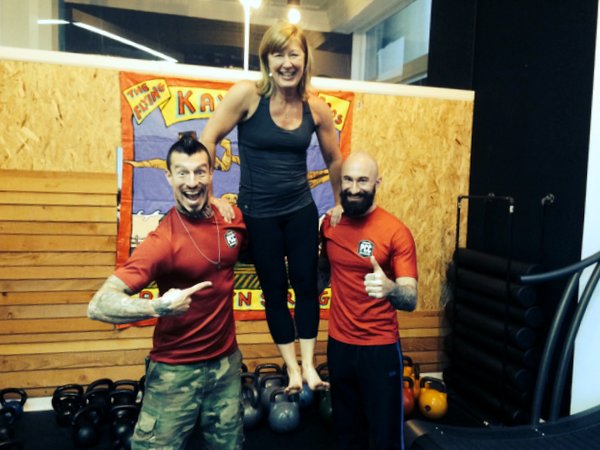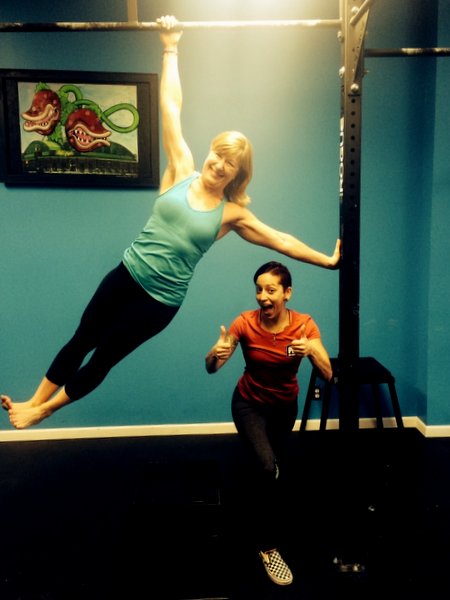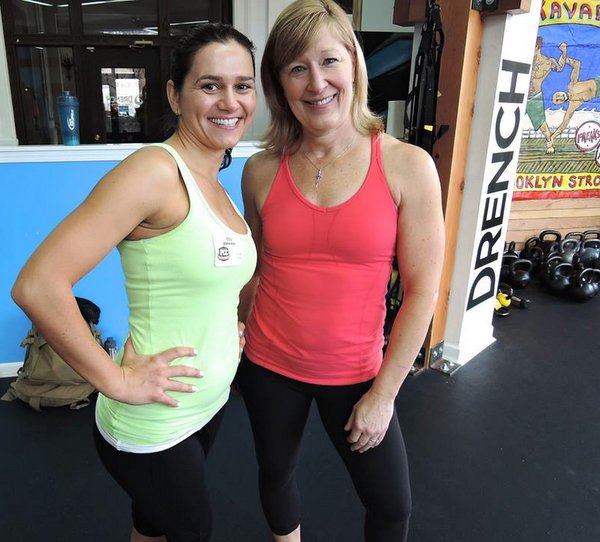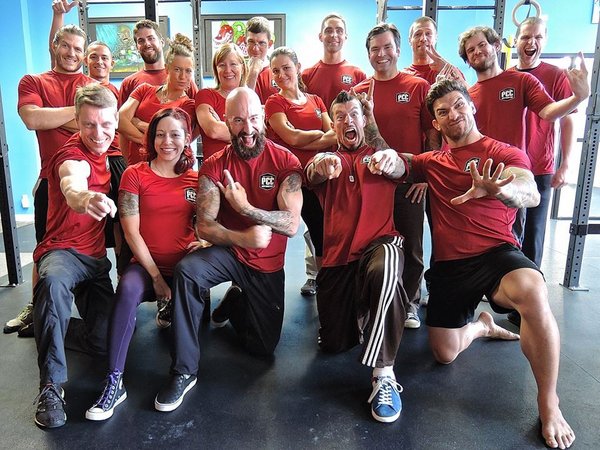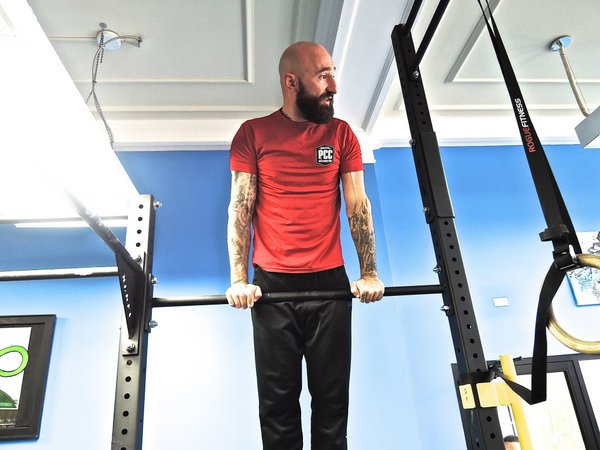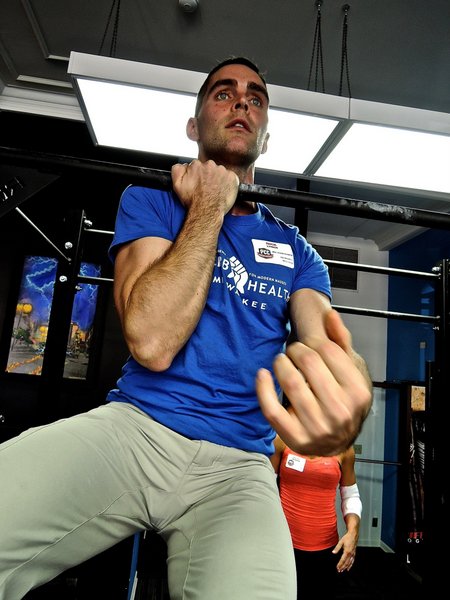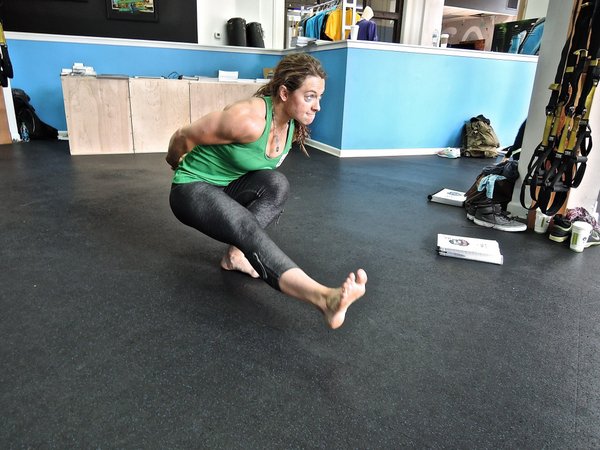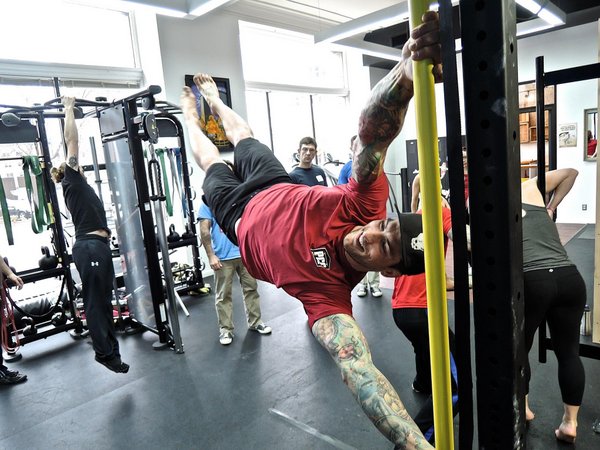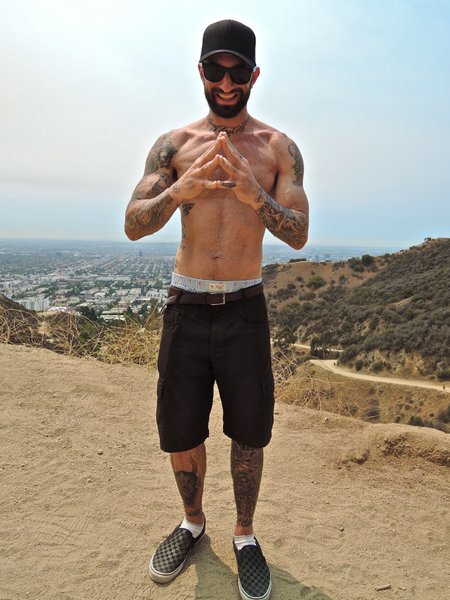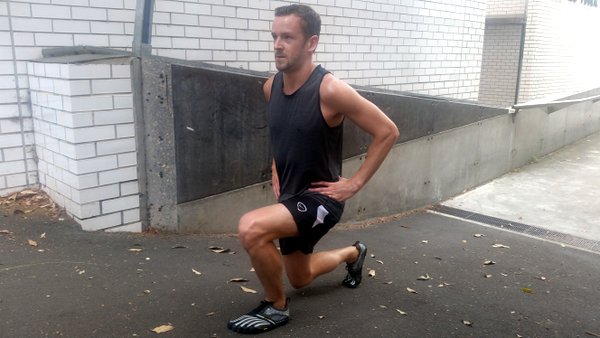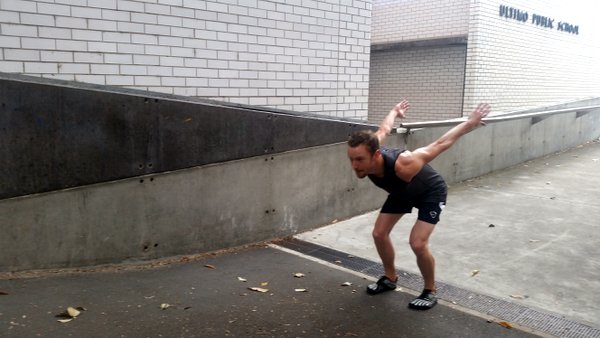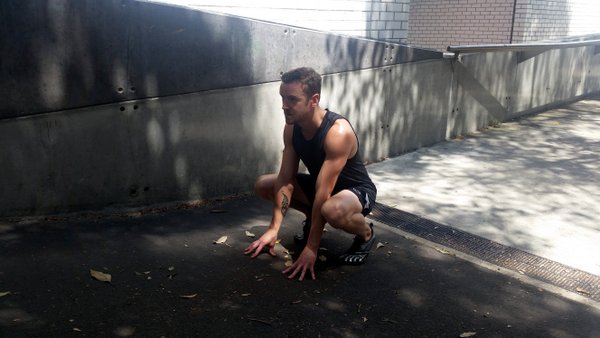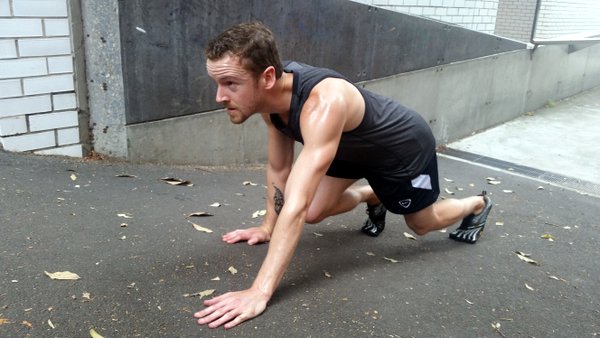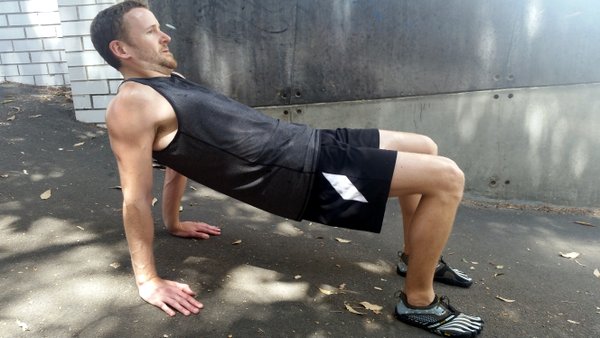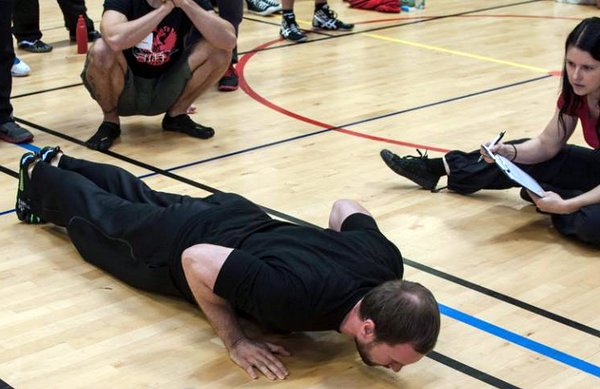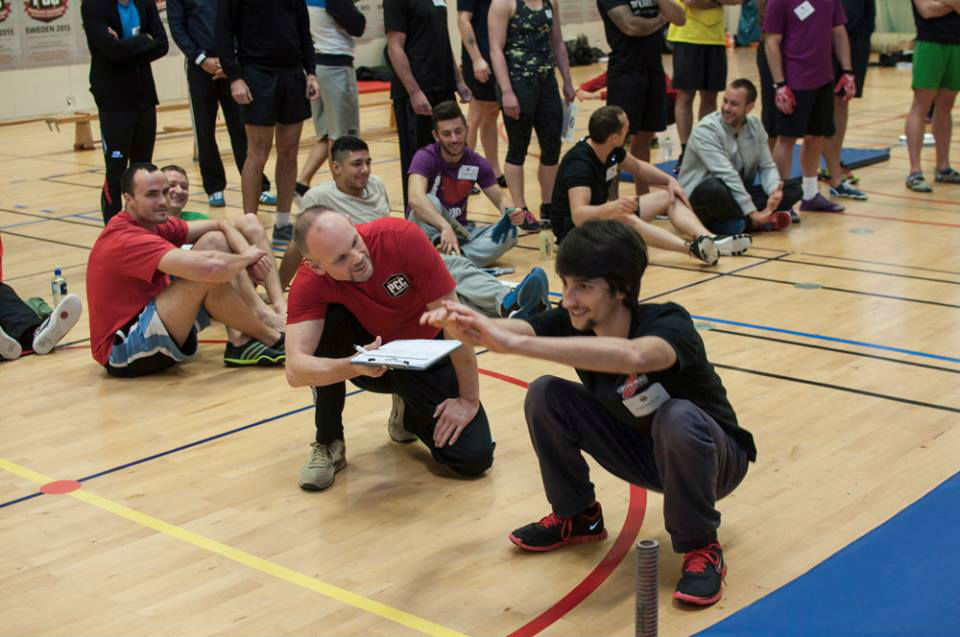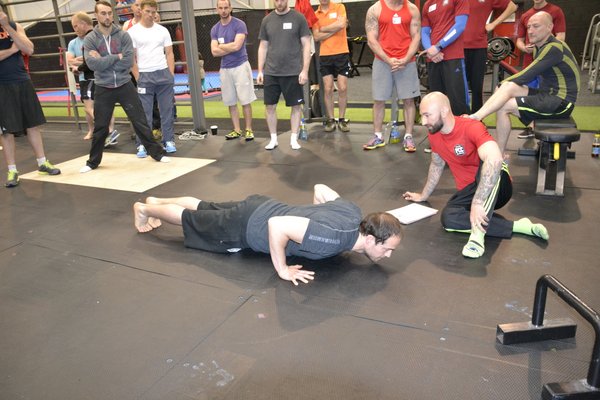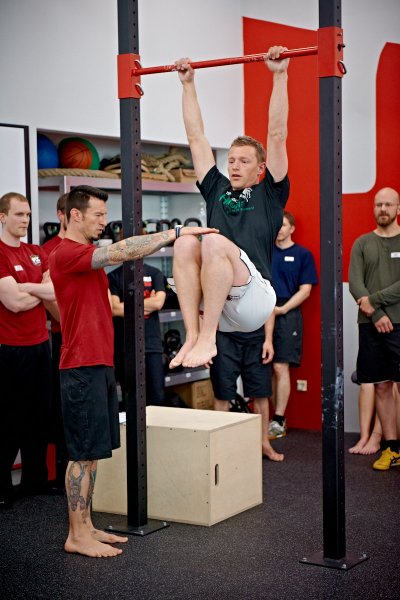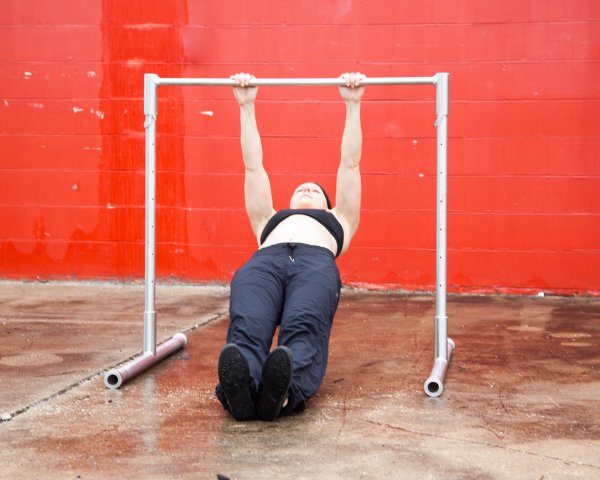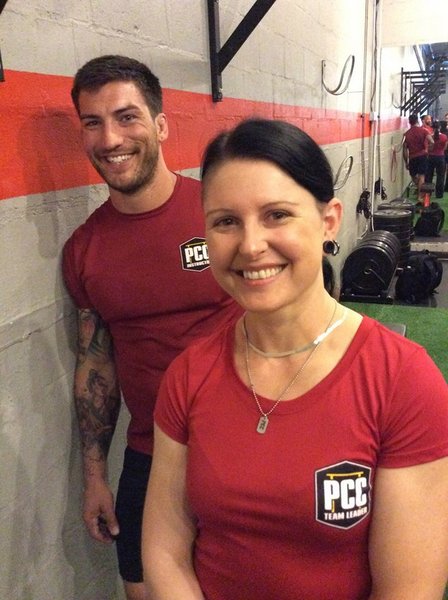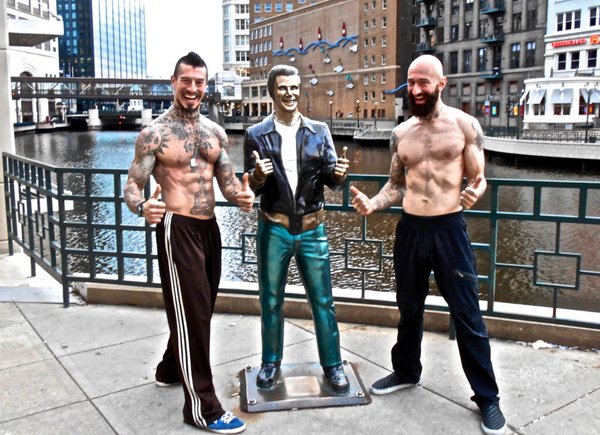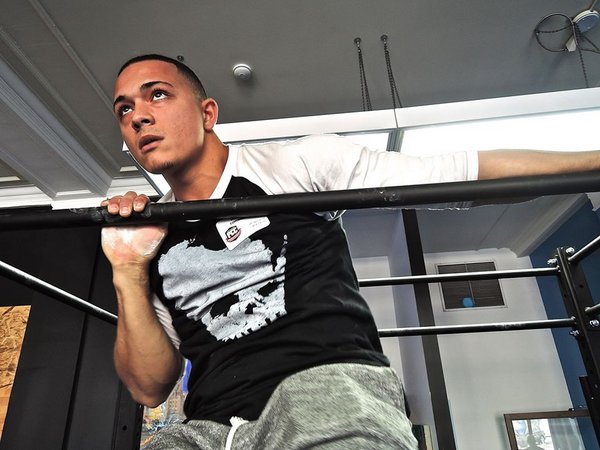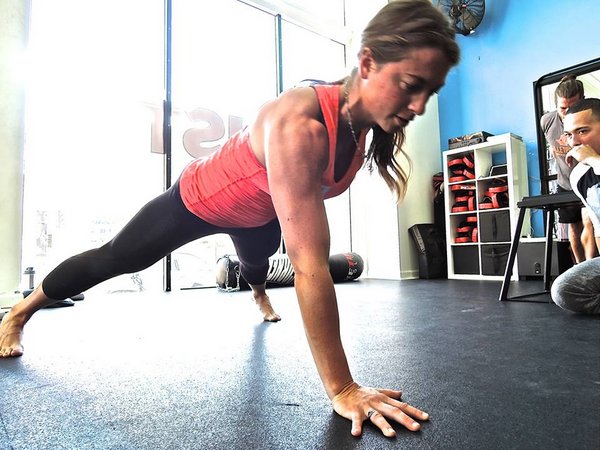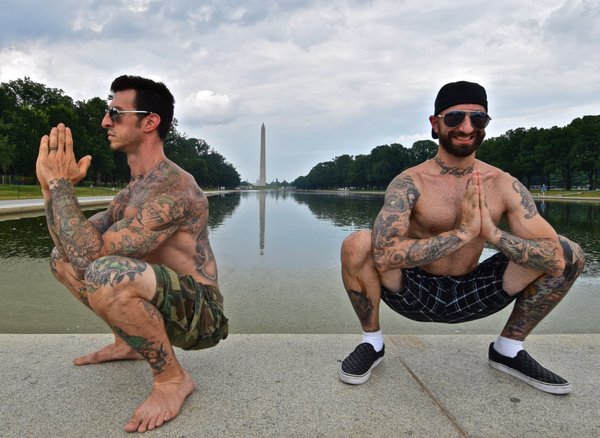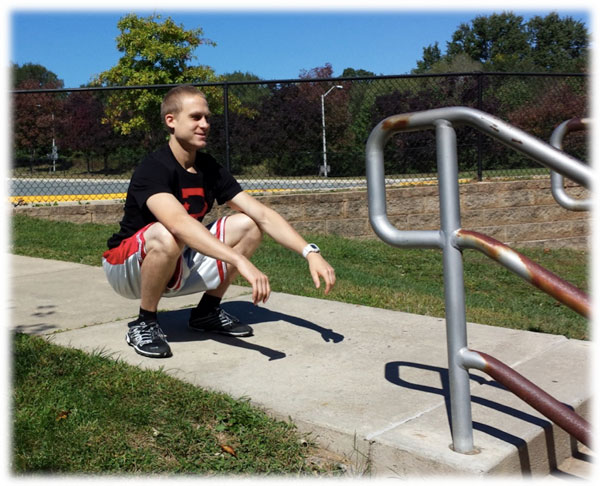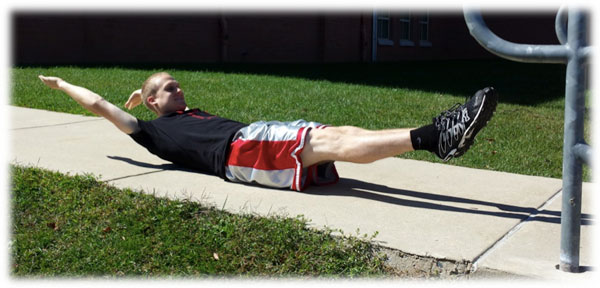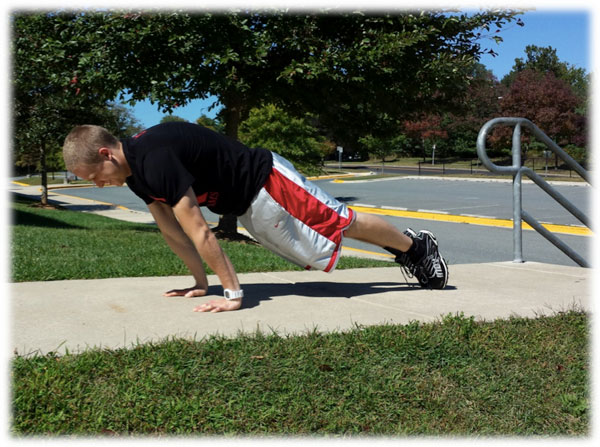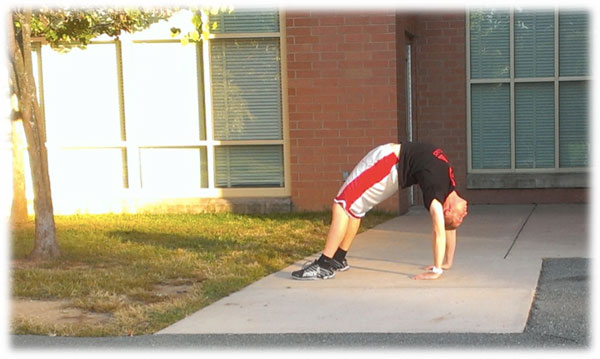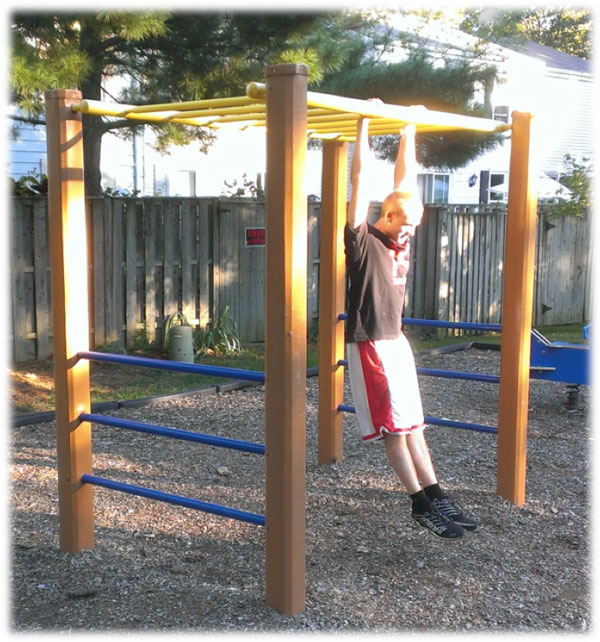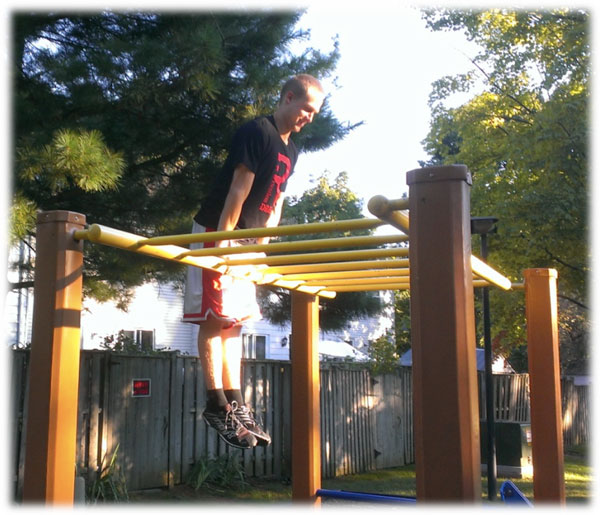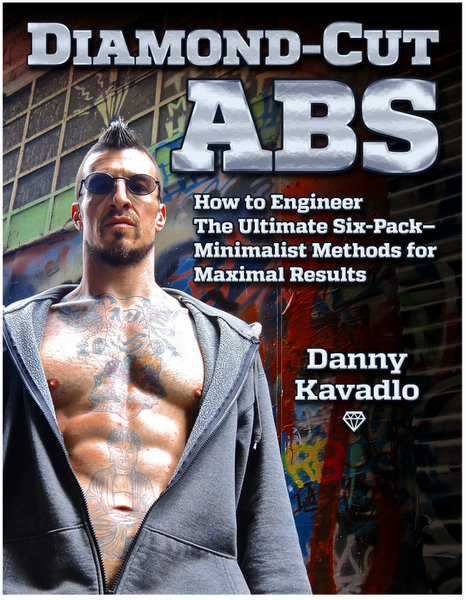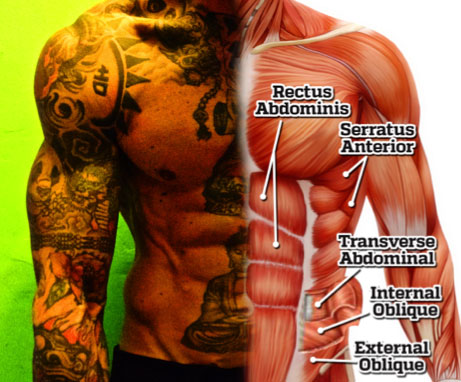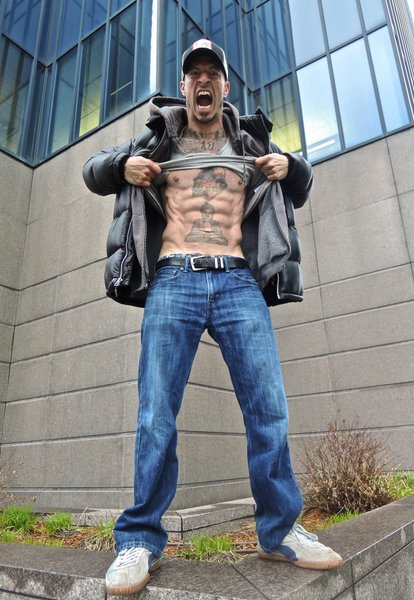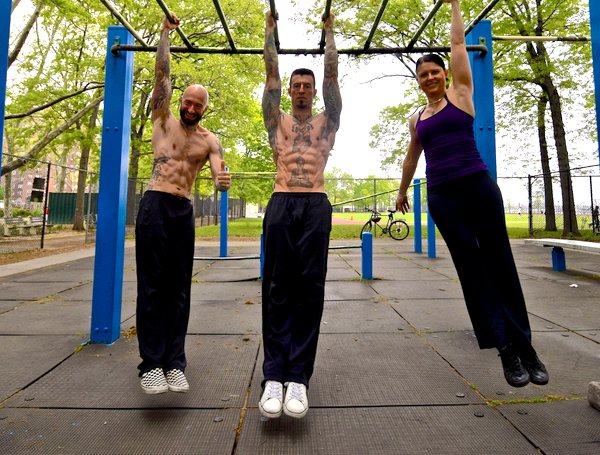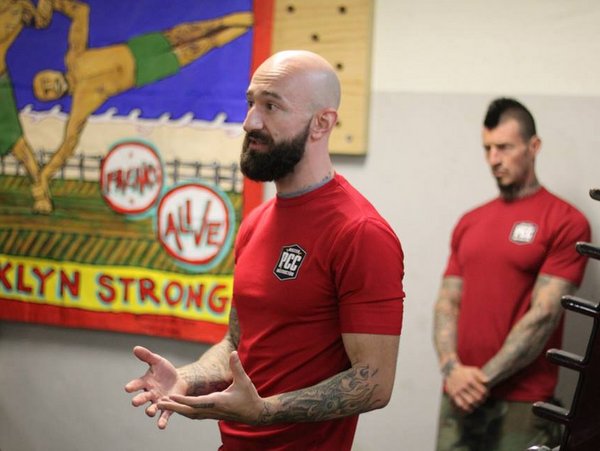
As the year comes to an end, it’s fun to take a look back and reflect. 2014 was a big year for the Progressive Calisthenics Certification!
The PCC community continues to grow and many of you may have only discovered us recently. With a new post running every week, it’s all too common for great content to get lost in the shuffle. I’m proud of each and every post we shared this year, so it was tough to pick my favorites!
With that said, let’s take a look back at my top ten PCC blog posts of 2014 (in no particular order):
–With nearly 300 comments, Coach Wade’s primer on his forthcoming masterpiece, Explosive Calisthenics, was clearly you guys’ favorite post of the year!
–Global Bodyweight Training creator Mike Fitch explained why handstands make you better at everything.
–Senior PCC Adrienne Harvey shared this fantastic tutorial on progressions for the dragon flag.
–The “Fit Rebel” Matt Schifferle told us why so many folks have their arm training backwards.
–A lot if people think the Kavadlo Brothers never wear shirts. This might be why.
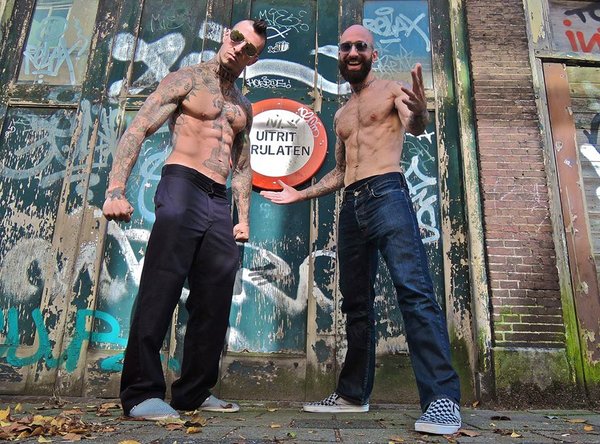
–Grace Menendez showed us how learning to do an elbow lever made her feel like a superhero!
–Dave Mace detailed his ongoing journey toward the one arm pull-up.
–Thanks to your support, I’ve been starting to feel like PCC is taking over the world!
–Corey Howard explains how breaking his arm wound up giving him the chance to make calisthenics leg training his top priority – and get the quads he always wanted!
–In another twist of fate, PCC attendee Marcus Santer failed the Century test but gained an important lesson along the way.
Thanks to all of you who read this blog and support the PCC movement. I can’t wait to see what next year has in store for the PCC and the entire bodyweight strength training community. Let me know what your favorite posts were from this year in the comments below.
We’re Working Out!
Al
***
About Al Kavadlo: Al Kavadlo is the lead instructor for Dragon Door’s Progressive Calisthenics Certification. Recognized worldwide for his amazing bodyweight feats of strength as well as his unique coaching style, Al is the author of four books, including Raising The Bar: The Definitive Guide to Pull-up Bar Calisthenics and Pushing The Limits! Total Body Strength With No Equipment. Read more about Al on his website:www.AlKavadlo.com.

